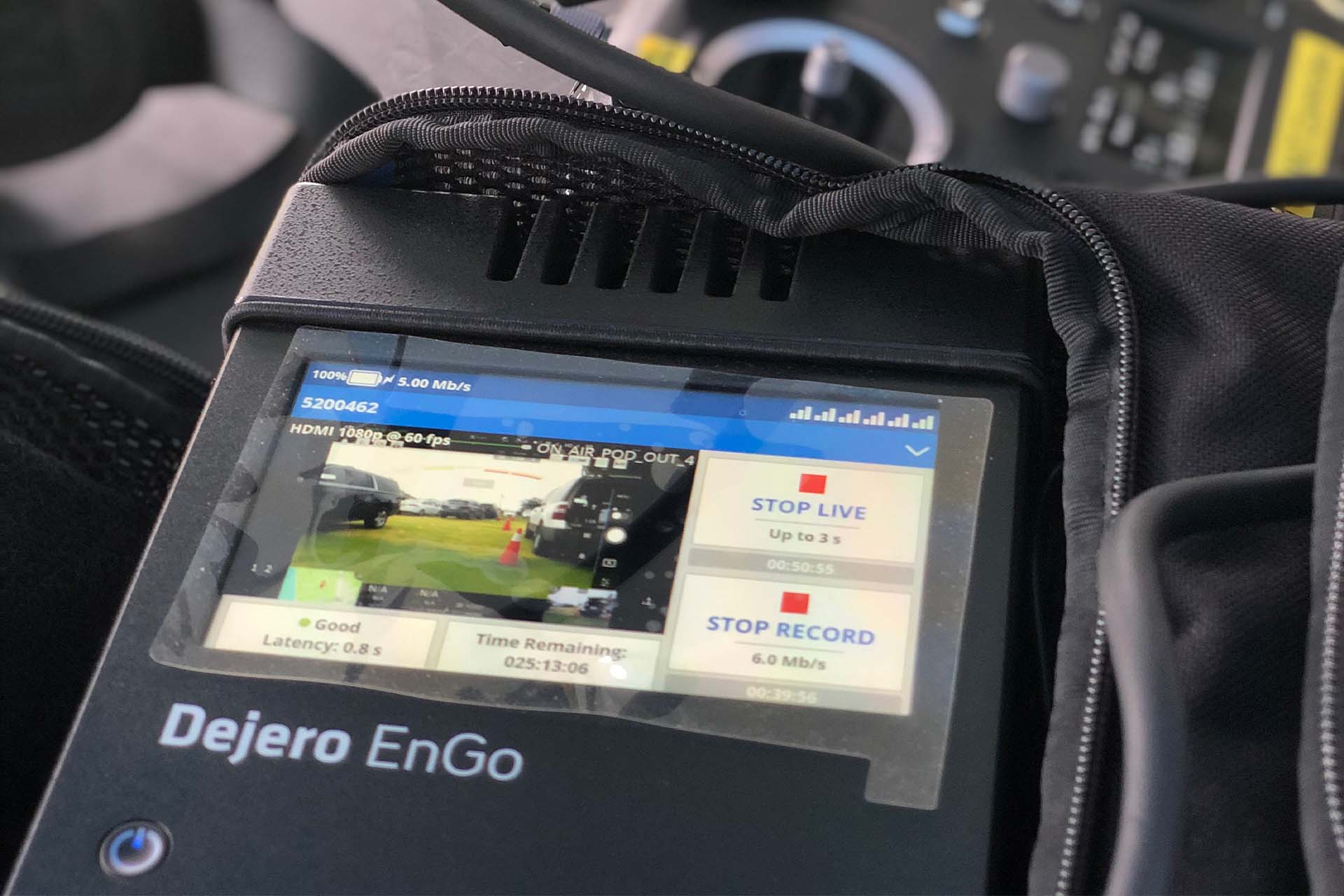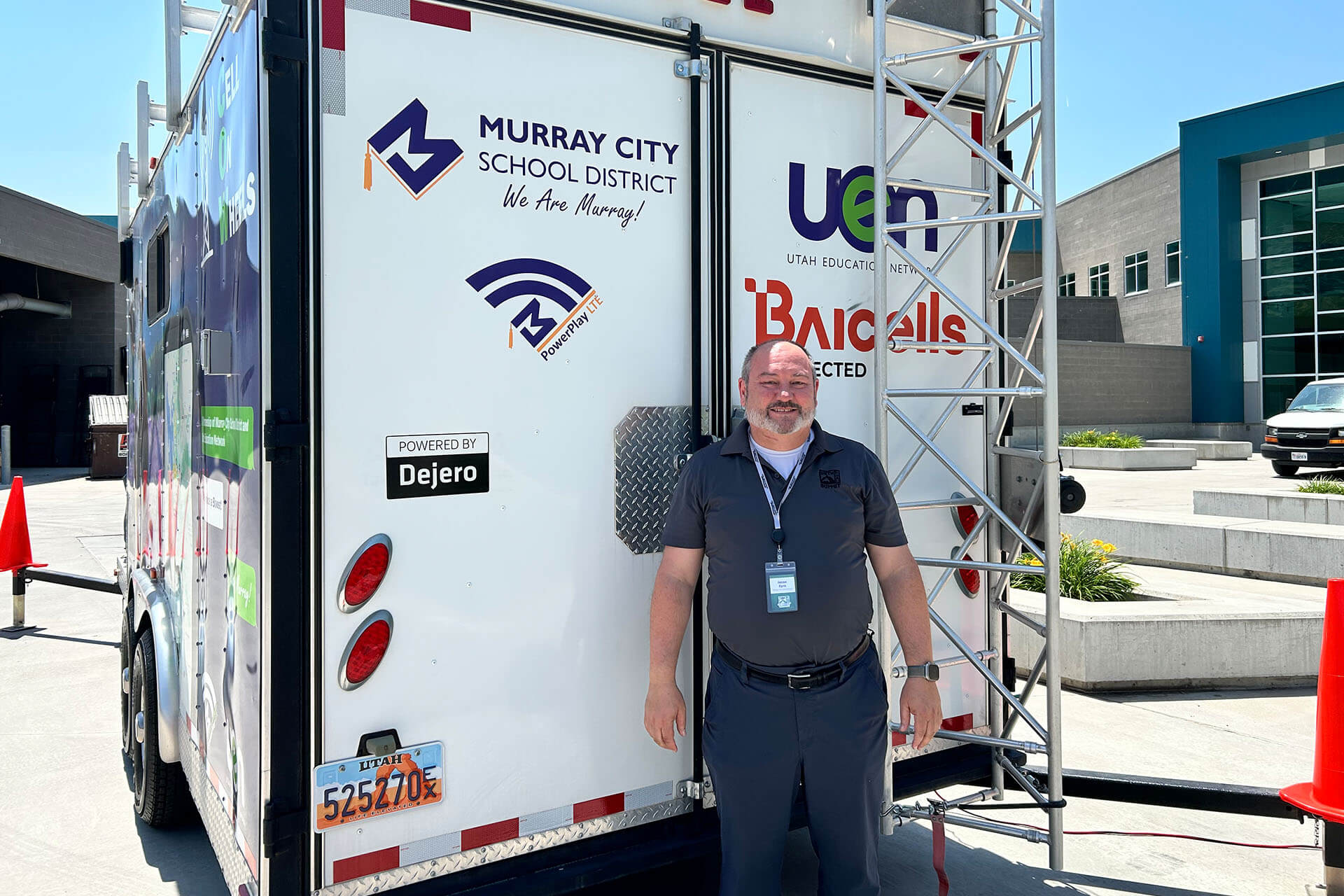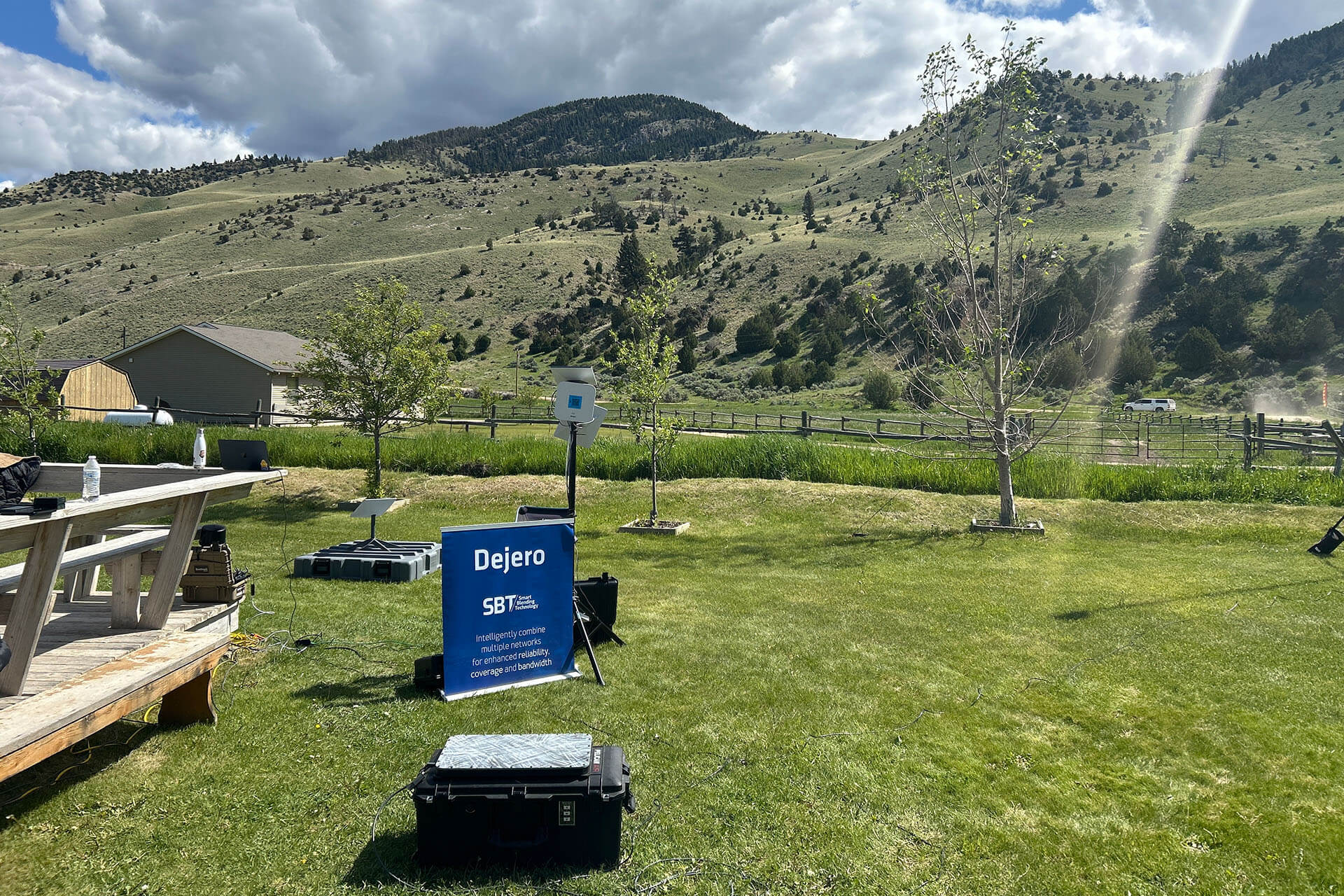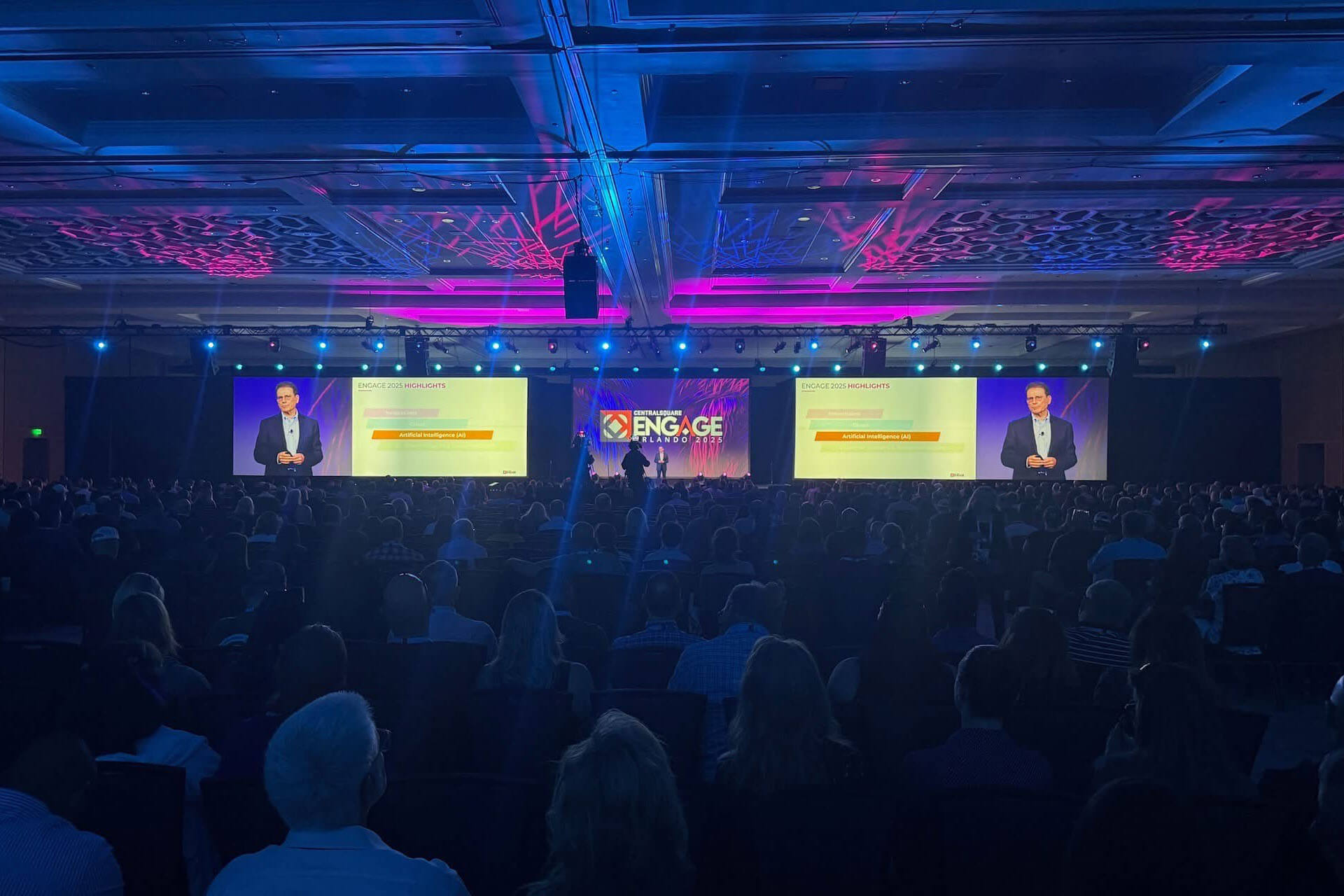Public safety is all about keeping a pulse on what is going on.
Whether it’s at the scene of a car accident, a mountain rescue, a wildfire, or crowd surveillance during a sporting event or festival, public protection and disaster relief organizations in the field must prioritize wireless communications to help ensure people’s safety. It’s the best way to keep pace and stay mobile as situations unfold.
But real-time communication is more than just keeping teams in touch with each other. It helps identify hotspots and avoid escalation in congested areas; it can track fast-changing and dynamic environments to maintain situational awareness; it encourages cooperation between federal, state and local stakeholders; it enables real-time GPS tracking of resources.
Above all, it allows agencies to deliver on their commitment to public safety.
For years, public safety networks (PSNs) have provided wireless connectivity to support push-to-talk (PTT) services. Mission-critical PTT is ubiquitous across the entire fleet and provides half-duplex, bi-directional transmissions between devices. PTT devices can be incorporated into mobile phones, while many thousands of Land Mobile Radios (LMRs) operating across the VHF and UHF bands are relied on in the field every single day.
More options and more data
LMR can’t be guaranteed to provide 100% uptime. And at a cost of around $12,000 per unit with ongoing monthly operating costs, LMR radios are not the most cost-effective way to invest public resources. Even when public safety agencies use repeaters to extend the range of LMR, more cell towers are required to improve the signal. Wakulla County in Florida recently spent a whopping $11 million USD on six local towers to improve communications for first responders. Is that sustainable if rolled out nationwide?
PTT communication networks also fail to take advantage of all the mission-critical information which is available to help public safety agencies provide the best public service. With many response teams looking to benefit from the advantages of edge compute and live data from IoT devices to provide better up-to-the-minute situational information, it’s no surprise why agencies are transitioning PSNs to wireless 4G and 5G data networks.
These networks carry more data to help keep fleets safe, such as telematics that provide real-time insights into driver behavior and vehicle performance, like GPS tracking, dash cams, and speed monitoring. Meanwhile, locational data from edge computing processes can provide real-time data about rapidly changing environments, such as traffic data and crowd information.

Pain points
The move from narrowband to broadband connectivity can be empowering, but it is also challenging. Geography, budget, infrastructure and current network status all play a part in the decision-making process, while future flexibility is top of mind for fleet managers and county sheriff departments looking to demonstrate fiscal responsibility.
Processing more data across multiple applications can impact bandwidth in mobile vehicles, especially in rural areas where connectivity can be limited. Meanwhile, dynamic environments like sports stadiums can suffer from congested cell networks, and providing access to edge technologies like safety sensors and IoT devices all require additional bandwidth.
In fact, bandwidth requirements for the sheer number of applications and sensors we have access to is already starting to outpace the available capacity on a single 4G or 5G path, and failover technologies in such critical and time-sensitive environments are missing the point.
4G/5G coverage cannot be guaranteed as it is limited by the environment of each public safety vehicle.
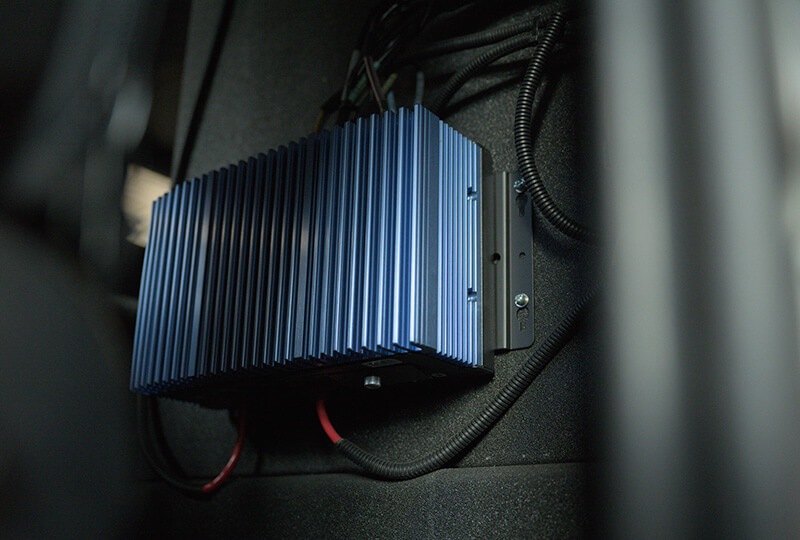
A different route
Dejero works with several public safety agencies that have chosen a different route, flipping how we think about and access connectivity on its head.
Rather than being forced to rely solely on connectivity from unpredictable local environments, public safety agencies are rethinking their communications systems and creating their own robust, dependable and low-latency connections at the source, wherever they are.
In other words, they are creating their own reliable network by putting every response vehicle at the center of their communications strategy – be it fire truck, ambulance,police car or battalion chief SUV. It renders every vehicle a communications hub, making data ubiquitous across the entire service area by integrating multiple cell providers, LEO satellite, LTE extenders and integrated Wi-Fi into the vehicles to ensure reliable uninterrupted connectivity.
The deployment of a Dejero network aggregation device within the vehicle delivers access to all these connectivity paths, while real-time wireless connectivity is enabled through its Smart Blending Technology™, enabling responders to use each vehicle as a secure mobile internet source to tap into the network. Smart Blending Technology monitors every path for performance degradation and reroutes packets across other paths in real-time.
It allows events to be monitored with real-time situation data to be relayed back to the vehicle from the command center with no delays or interference and it provides Automatic Vehicle Locating data to ensure that the entire fleet stays connected. In addition, Dejero connectivity solutions deliver access to priority public safety communications networks.

Moving on
As communication technologies continue to evolve, rethinking established systems can be an enabler, and taking a connection-first approach can shift control from the service provider to the fleet manager. When a vehicle is at the center of the network, network aggregators like the compact Dejero GateWay 3220, powered by Dell Technologies, not only guarantees a secure connection over multiple carriers but to whatever connectivity paths might be available in the future.
Its expansive data pipeline augments traditional PTT functionality over VoIP with the potential to access mission-critical information, such as real-time mapping software, live video responses, and augmented reality plans, as well as telematics and sensor data direct from edge compute locations.
And it does so while maintaining minimal costs for 4G and 5G. For emergency response fleets it not only provides the most secure service, but is also the most fiscally responsible option.
By transforming emergency vehicles into a mobile communications platform, public safety agencies can rethink infrastructure and how they invest for future technology needs and objectives. All that is possible with high-bandwidth, reliable connectivity using Dejero as the optimal backhaul.
Dejero is a PFC Supporting Sponsor at the Government Fleet Expo and Conference, 7–10 May, 2024, at the Kentucky International Convention Center. Come see us on booth #1618.

References:
https://www.wtxl.com/news/local-news/in-your-neighborhood/crawfordville/better-communication-capabilities-during-emergencies
https://www.uffizio.com/10-reasons-to-invest-in-police-fleet-management-software/
https://www.police1.com/police-products/communications/articles/the-future-of-connected-vehicles-in-public-safety-KeqVzAMkT5hWjN1N/
https://www.government-fleet.com/10160660/how-connected-fleets-are-changing-security-and-how-you-can-stay-safe
https://www.government-fleet.com/10219202/a-complete-guide-to-public-sector-fleet-risk-management
https://www.frontiersin.org/articles/10.3389/frcmn.2023.1065903/full

